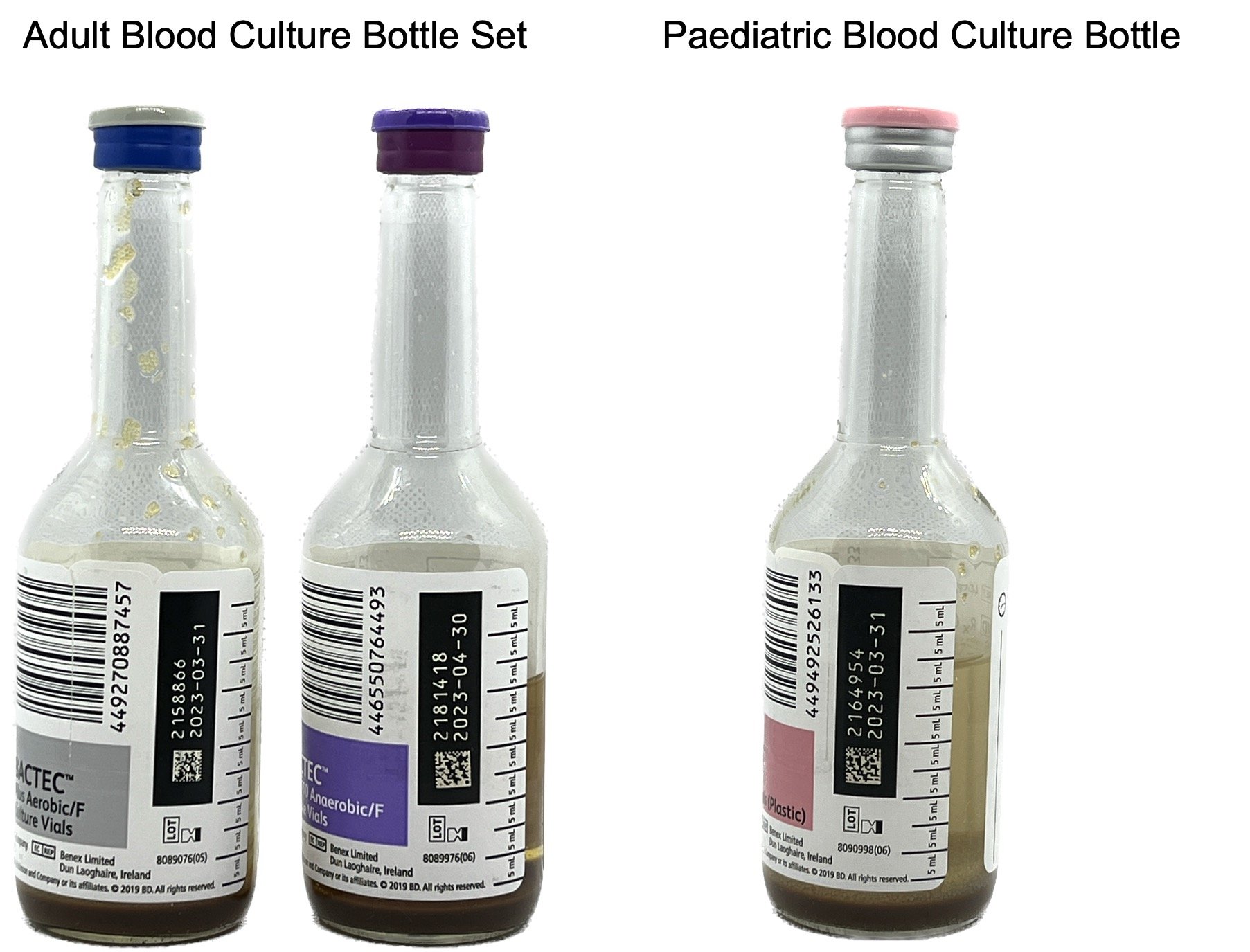More than 200,000 cases of septicemia occur annually in the U.S. and are associated with a 14% to 37% mortality rate. Mortality is especially high in critically ill patients admitted to the ICU. Bloodstream infections include infective endocarditis, central venous catheter associated, primary bacteremia, and those secondary to pneumonia, abscesses, osteomyelitis, or urinary tract infections.
Detection of bacteremia is important in establishing the primary diagnosis in high risk patients, confirming the bacterial etiology of a focal infection, detecting complications of focal infections, monitoring antibiotic therapy, and excluding serious infections such as endocarditis.
Published guidelines do not clearly state when blood cultures should be drawn. Blood cultures are commonly obtained when patients have fever, chills, leukocytosis, focal infections, indications of sepsis, or suspected endocarditis or prior to starting parenteral antibiotics in emergency or medical patients.
Because of the high mortality associated with bacteremia, the dangers of under-treating some infections, or concern about using inappropriate antibiotics, physicians tend to order blood cultures liberally. As a result, only 4% to 7% of blood cultures drawn are positive. The sensitivities of blood cultures drawn in duplicate or triplet for bacteremia are 90% and 98%, respectively. However, obtaining cultures after antibiotic administration diminishes their sensitivity and clinical utility.
The term bacteremia refers to any true-positive blood culture result, which reflects bacterial presence in the bloodstream. Generally, the following isolates nearly always represent true bacteremia or fungemia when isolated from blood cultures, even if only one culture is positive: Staphylococcus aureus, Streptococcus pneumoniae, Pseudomonas aeruginosa, Candida species, and enteric gram-negative bacteria such as E. coli. Other less commonly isolated organisms that are almost always pathogens include Streptococcus pyogenes, Streptococcus agalactiae, Haemophilus influenzae, Bacteroides fragilis, and Neisseria meningitidis. Enterococci are found to be significant 80% of the time.
As many as half of the cultures that are positive represent contaminants. Blood culture contaminants result from improper antiseptic preparation of the draw site prior to collection. Therefore, the primary organisms responsible for blood culture contamination are skin flora. Coagulase-negative staphylococci are found to be contaminants 80% of the time. Other common potential contaminants include Propionibacterium, Bacillus species, Corynebacteria species, Micrococcus, and viridans streptococci. False-positive blood cultures may lead to unnecessary investigations, treatments, and prolonged length of stay. One publication determined that a single contaminated blood culture amounted to extra hospital costs of $8720 (J Clin Microbiol 47(4):1021-1024).
Guidelines which are useful in identifying false-positive blood cultures include:
- Skin flora is usually a contaminant (diphtheroids, Staphylococcus epidermidis, Bacillus sp).
- Enterobacteriaceae, gram negative anaerobes, Streptococcus pyogenes, or Streptococcus pneumoniae are rarely contaminants.
- Contaminants are rarely isolated in subsequent cultures.
- Multiple organisms isolated from one culture suggest contamination.
- Delayed detection of bacterial growth (5 days) is more common for contaminants.
- The patient does not have leukocytosis or a left shift.
- Primary infection has a different flora.
References
Coburn B et al. Does this Adult Patient With Suspected Bacteremia Require Blood Cultures? JAMA, August 1, 2012;308:502-511.
Bates DW, Goldman L, Lee TH. Contaminant blood cultures and resource utilization: the true consequences of false-positive results. JAMA. 1991;265(3):365-369.




 How to resolve AdBlock issue?
How to resolve AdBlock issue?